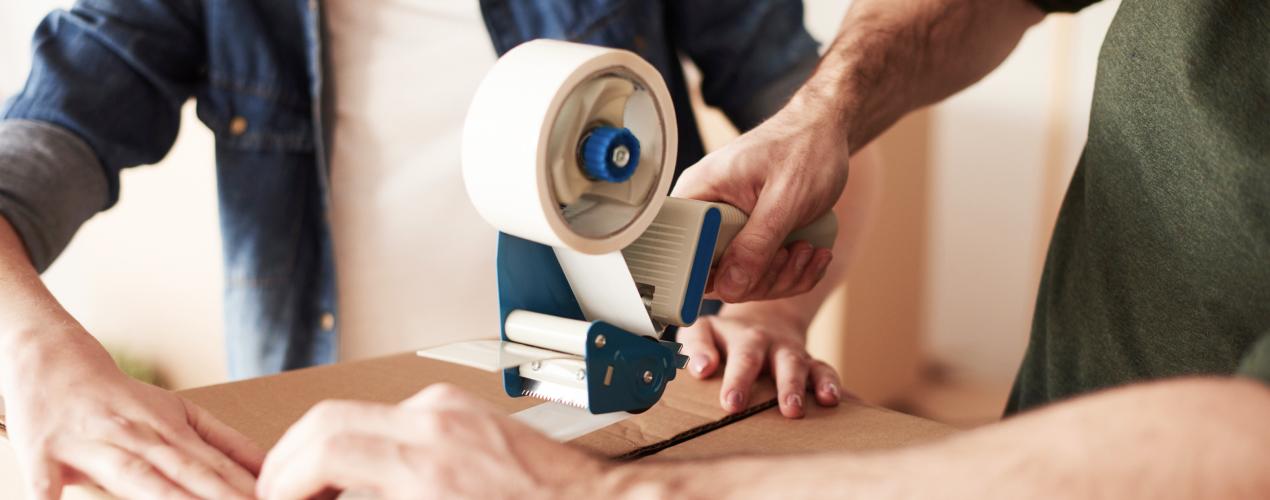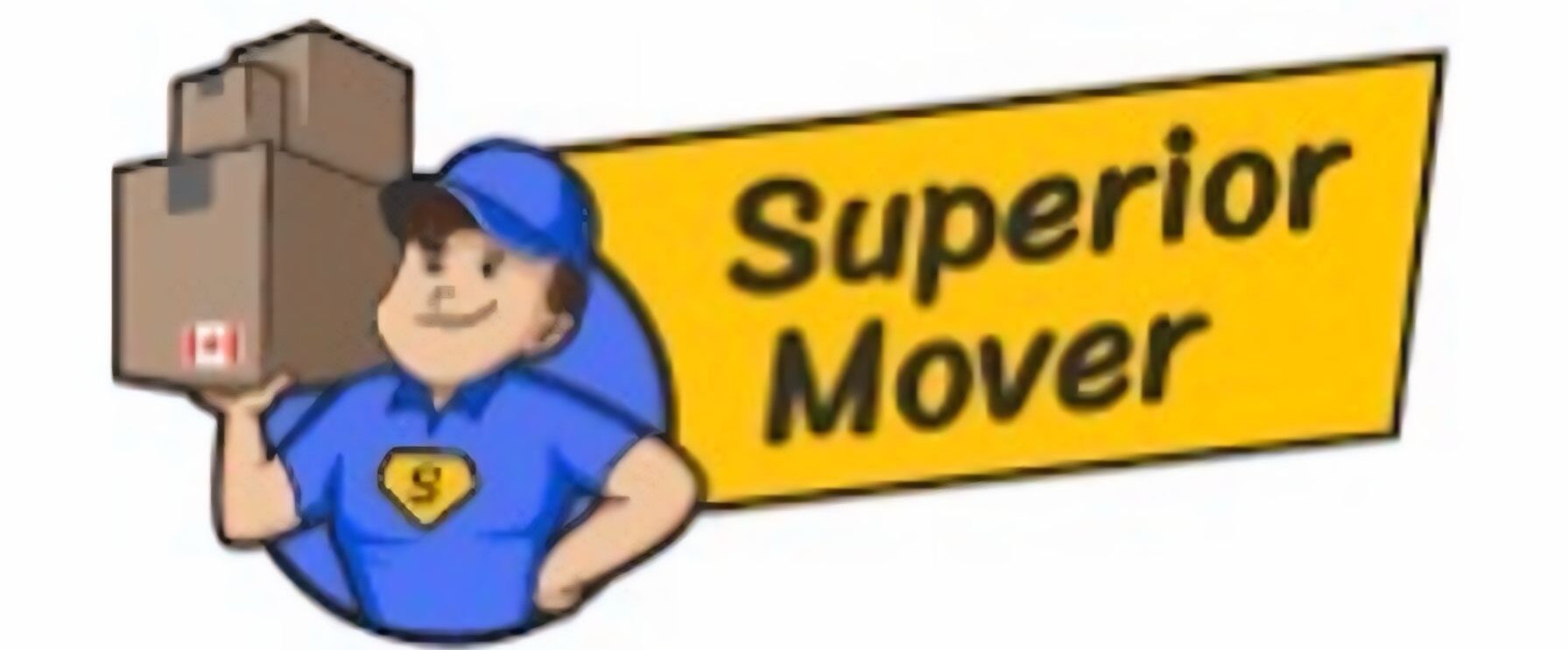
DIY Moving on a Budget: Money-Saving Techniques
5 effective tips for budget-friendly relocation
Moving can be an exciting time, full of new beginnings and fresh opportunities. However, the financial burden of relocating can often dampen the excitement. Whether you’re moving across the town or the country, the costs involved in packing up your life and starting a new one can add up quickly. But don’t stress, for there are plenty of ways to move without breaking the bank! In this article, we’ll explore some tips and tricks for moving affordably, from clever packing hacks to budget-friendly moving services.
So if you’re ready to learn how to move without draining your savings account, read on for some practical tips for moving on a budget.
Tip #1: Plan your move
Planning your move will not only help you navigate the process, but it will also be a powerful tool that can save you money. You can avoid costly mistakes by being organized, anticipating problems, and staying on track. It’s not just that a detailed moving plan can help you save money. You can make your relocation go smoothly and be easy on your wallet by being proactive, resourceful, and strategic.
To create a timeline, start by determining your moving date and work backwards. By being proactive, you can take advantage of early bird offers, promotions and seasonal discounts. Use a moving checklist to keep track of all your tasks and plans for moving.
Tip #2: Declutter your living space
Effective cleaning starts in advance. As soon as you know about your upcoming move, start sorting through things in basements and garages. Identify items that are no longer needed, from electronics to children’s toys. A garage or yard sale is a great opportunity to do this, especially if they are attractively priced.
Alternatively, you can use online platforms such as Facebook Marketplace or local classifieds to advertise. If a sale isn’t possible, check out consignment shops, which often offer a percentage of the sale price for items such as clothing and furniture.
Reducing the number of items not only makes packing easier but also minimises the space required for transport, making it easier to prepare and sell at home.
Tip #3: Pack your stuff on your own

Develop a cost-effective packing strategy. You can find free boxes at local stores or wrap items in old newspapers. Consider DIY packaging options for items that can be expensive to replace if damaged. Think about investing in reusable packaging materials. Not only are they good for the environment, but they can also be very cost-effective, especially if you’re planning a move soon.
Alternative packing materials can also be a cost-effective way to move, but you have to be resourceful. You can use many things in your home as packing material, saving money on additional supplies. Here are some creative alternatives to traditional packing materials:
- Clothing. Soft materials like t-shirts and sweaters can be wrapped around fragile items. These items provide protection and cushioning, which ensures that your breakables remain safe during transportation. The socks are ideal for filling in gaps or wrapping up glassware.
- Towels and bedding. Blankets and rugs can be used as covers for large items such as mirrors and TVs. These blankets and towels provide a thick layer of protection against bumps and scratches.
- Reusable shopping bags. These bags are ideal for packing heavy items such as books or kitchenware. They are easy to carry and can be folded and stored.
- Food containers. Empty containers for items such as butter or sour cream can be cleaned and then used to package small items. These containers are especially useful to keep screws and nails when disassembling furniture.
- Plastic bins. You can use plastic bins for moving if you already have them at home. These bins are durable, and stackable and can be used for storage at your new house.
- Digital packing. Although it is not packing material in the traditional sense, you can digitize items such as photos, documents, or CDs. This will reduce the number of items you have to transport, and they will be stored digitally.
Being creative is the key to a cost-effective move. Repurposing existing items can help you save money and reduce waste. This is a win for both your wallet and the environment!
Tip #4: Find a budget-friendly moving company
You can save time and money by hiring professional movers. They know how to transport and pack your belongings and provide the necessary equipment. There are many factors to consider when hiring expert movers. You should get an estimate of the cost of their services and then set a budget to make sure you’re getting the best value for your money. To find the best option among budget-friendly moving companies, read online reviews or ask for recommendations from family and friends to find trusted movers with a good track record.
It is important to provide the movers with as much information about the move as possible. This information includes the size of your home, the number of rooms that need to be packed, any large items that need extra attention or labour, and the availability of parking spaces near your new home. This information will help avoid confusion or problems on the moving day.
Tip #5: Have a clearly defined post-move plan

Plan your strategy for the first few days after the move. By focusing on the most important rooms, such as the kitchen, you can reduce the amount of stuff you need to take out. Consider DIY options for cleaning and reassembling furniture instead of hiring professionals. Also, look for local stores or services that are affordable in your new neighbourhood to avoid overspending on essentials after you move.
Moving on a budget: final thoughts
Moving doesn’t always have to be expensive. There are many ways to move on the cheap without compromising the safety of your possessions. Whether you’re looking for the best way to move an entire house or some furniture, there are many options available that can be implemented with some planning, research and ingenuity. Repurposing items or using alternative packing methods are some of the smartest moving on a budget tips. By keeping them in mind, you can make a smooth transition while protecting your wallet!






